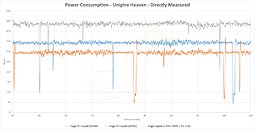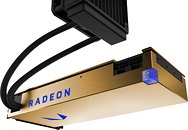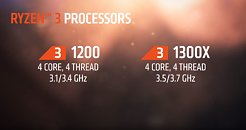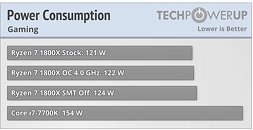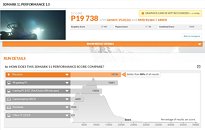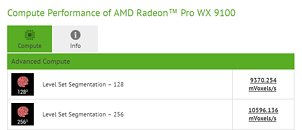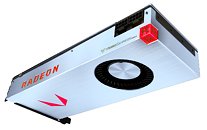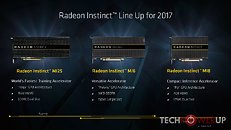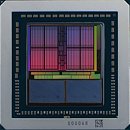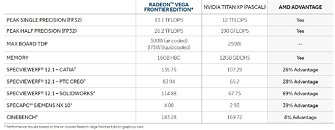
AMD's RX Vega Low Key Budapest Event: Vega Pitted Against GTX 1080
On the first stop in AMD's two-continent spanning RX Vega tour (which really only counts with three locations), the company pitted their upcoming RX Vega graphics card (we expect this to be their flagship offering) against NVIDIA's GTX 1080 graphics card. The event itself was pretty subdued, and there was not much to see when it comes to the RX Vega graphics card - literally. Both it and the GTX 1080 were enclosed inside PC towers, with the event-goers not being allowed to even catch a glimpse of the piece of AMD hardware that has most approximated a unicorn in recent times.
The Vega-powered system also made use of a Ryzen 7 processor, and the cards were running Battlefield 1 (or Sniper Elite 4; there's lots of discussion going on about that, but the first image below does show a first-person view) with non-descript monitors, one supporting FreeSync, the other G-Sync. The monitor's models were covered by cloth so that users weren't able to tell which system was running which graphics card, though due to ASUS' partnership in the event, both were (probably) of ASUS make. The resolution used was 3440 x 1440, which should mean over 60 FPS on the GTX 1080 on Ultra. It has been reported by users that attended the event that one of the systems lagged slightly in one portion of the demo, though we can't confirm which one (and I'd say that was AMD's intention.)
The Vega-powered system also made use of a Ryzen 7 processor, and the cards were running Battlefield 1 (or Sniper Elite 4; there's lots of discussion going on about that, but the first image below does show a first-person view) with non-descript monitors, one supporting FreeSync, the other G-Sync. The monitor's models were covered by cloth so that users weren't able to tell which system was running which graphics card, though due to ASUS' partnership in the event, both were (probably) of ASUS make. The resolution used was 3440 x 1440, which should mean over 60 FPS on the GTX 1080 on Ultra. It has been reported by users that attended the event that one of the systems lagged slightly in one portion of the demo, though we can't confirm which one (and I'd say that was AMD's intention.)





